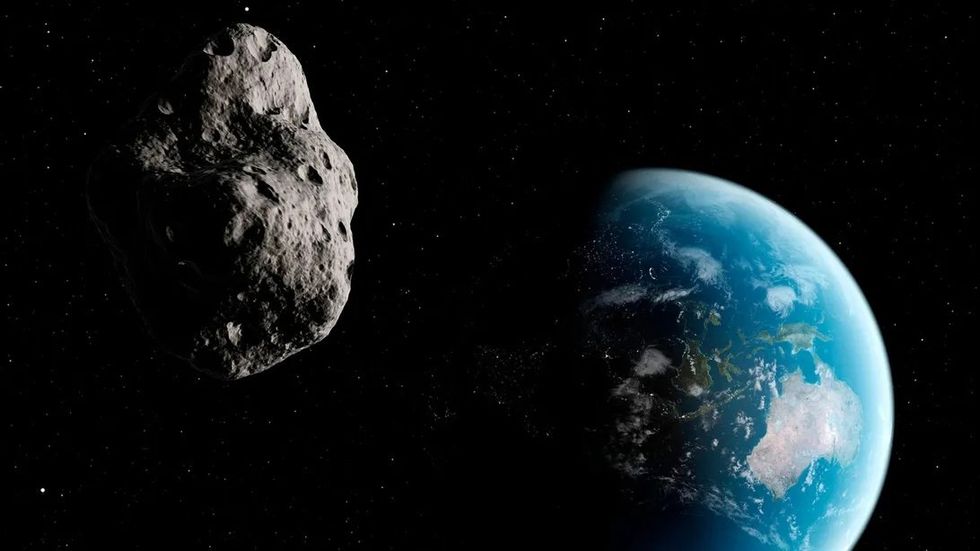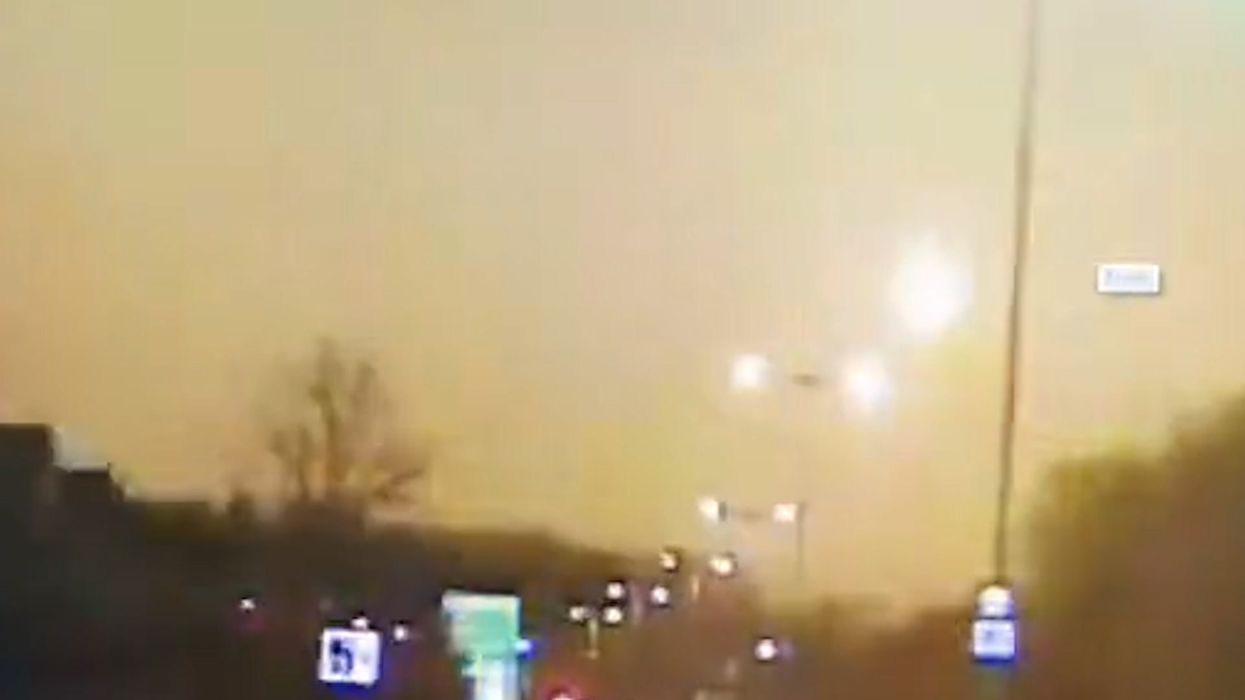Science & Tech
Harry Fletcher
Feb 17, 2023
Asteroid flies across London sky in unique police dashcam footage
content.jwplatform.com
An 'unknown' number of ‘invisible asteroids’ could be heading to Earth, and now steps are being taken to detect them.
Some of the biggest asteroids are impossible to detect, despite carrying real threat to human life.
The Chelyabinsk meteor is the most significant example of recent times. The rock landed in Russia back in 2013 and sent out a shockwave equivalent to the strength of 35 atomic bombs.
More than 1,600 people were injured, but the meteor went undetected at the time despite being 60ft-wide.
Sign up for our free Indy100 weekly newsletter
It remained hidden due to the glare of the sun, and it’s impossible to tell if more are heading towards Earth.
However, there are plans to try and change that.

“Asteroids the size of the Chelyabinsk meteor strike Earth roughly every 50-100 years,” said Richard Moissl, who is the European Space Agency's head of planetary defence [via Daily Mail].
“Injuries caused by airbursts or similar events could be prevented if people are informed of an oncoming impact and its predicted effects.”
He added: “With advance warning, local authorities would be able to advise the public to keep well away from windows and glass.”
The European Space Agency is planning to launch an orbiting observatory known as NEOMIR (Near Earth Object Mission in the Infra-red) by 2030 in a bid to observe more objects otherwise hidden by the sun.
The observatory will feature an infrared telescope which will be able to spot asteroids larger than 65ft which wouldn’t otherwise be detected.
“ESA's upcoming NEOMIR mission will detect asteroids like Chelyabinsk coming from the same region in the sky as the sun, filling a vital gap in our current abilities to predict and plan for hazardous impacts,” Moissl said.
Have your say in our news democracy. Click the upvote icon at the top of the page to help raise this article through the indy100 rankings.
Top 100
The Conversation (0)














